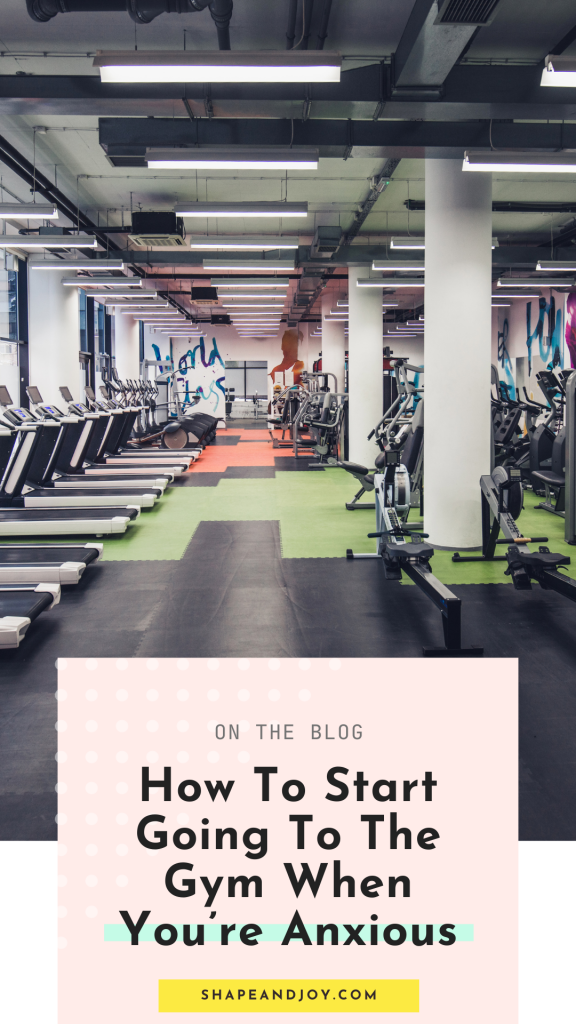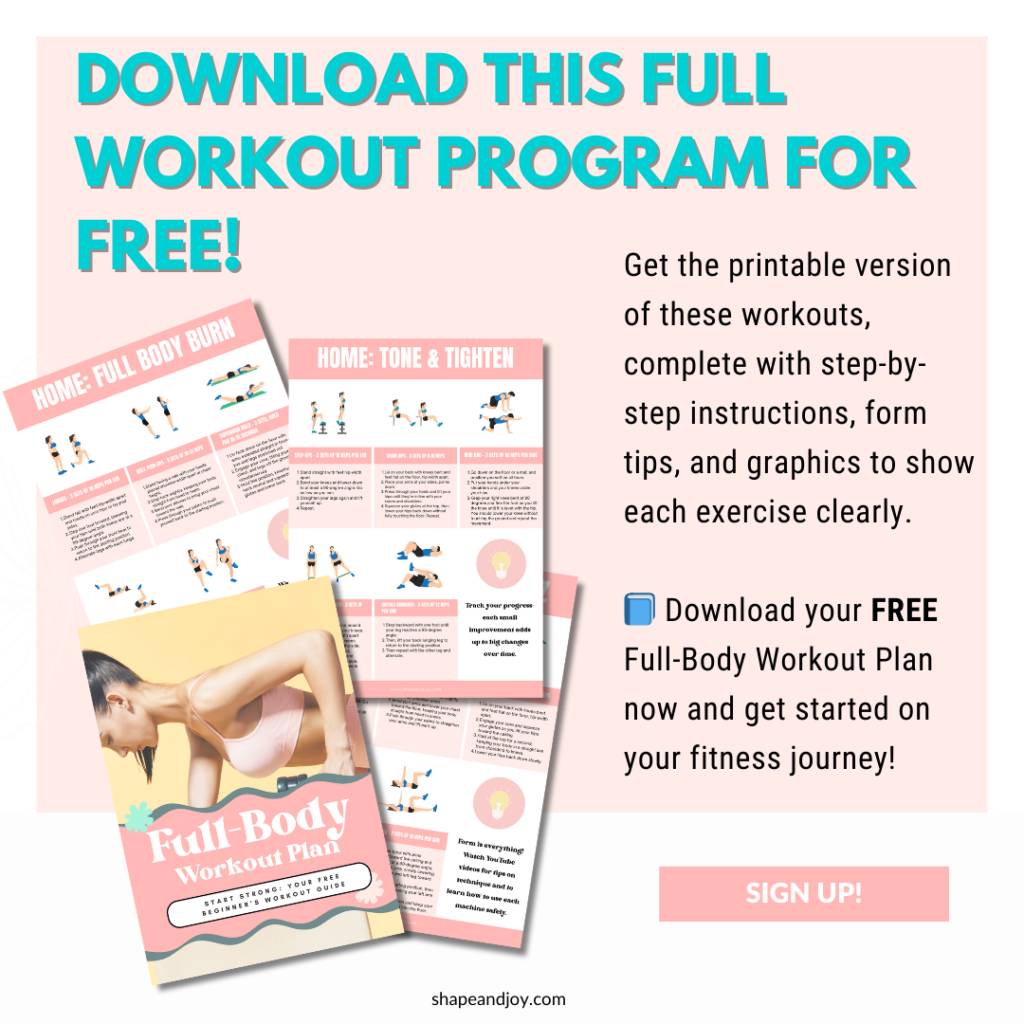Lost Your Mojo? 3 Motivation Killers Sabotaging Your Weight Loss

If you’ve started your weight loss journey with all the enthusiasm of a kid on Christmas morning but now find yourself slumped on the sofa, zero motivation, staring down a family-sized bar of chocolate like it’s your long-lost soulmate—you’re not alone.
Staying on track can be tough, but the good news? You’re probably making a few common mistakes that are draining your motivation faster than your phone battery on 1%.
Let’s dive into the three biggest motivation killers—and, more importantly, how to kick them to the curb.
- 1. You’re Setting Yourself Up for Failure with Unrealistic Goals
- Exercising Like a Maniac with No Rest Days
- Expecting an Instagram-Worthy Transformation Overnight
- Losing 5lbs a Week, Every Week
- What to Do Instead?
- 2. You’ve Got No Real ‘Why’—So You Keep Losing Steam
- 3. You’re Stuck in the Perfectionism Trap
- Let’s Get That Motivation Back!
1. You’re Setting Yourself Up for Failure with Unrealistic Goals
Look, I love ambition. But if your weight loss goals sound more like a superhero origin story than an actual plan, we’ve got a problem.
Setting sky-high, totally unrealistic goals is like trying to sprint before you’ve even learned to walk—you’ll faceplant, hard, and it’s not a good look.
Common Unrealistic Goals (That Will Absolutely Wreck Your Motivation)
Eating Less Than a Toddler (aka Extreme Calorie Restriction)
- “I’ll just eat 800 calories a day! The weight will fall off!”
- Reality check: Your body isn’t a mobile app—you can’t just hit “low power mode” and expect it to work properly. You’ll be exhausted, starving, and probably end up inhaling an entire pizza by day three.

Exercising Like a Maniac with No Rest Days
- “Two hours in the gym every single day, no excuses!”
- Reality check: Overtraining is a one-way ticket to burnout, injury, and the sudden desire to never exercise again. Your body needs REST.
Expecting an Instagram-Worthy Transformation Overnight
- “I want a six-pack and an hourglass figure in 3 months!”
- Reality check: Your body is not a Photoshop file. Trying to force it into an unrealistic mould will only lead to frustration, body image issues, and a serious case of the “sod-its.”
Losing 5lbs a Week, Every Week
- “I’m gonna drop half a stone in a fortnight!”
- Reality check: Rapid weight loss = muscle loss, fatigue, and a crash-and-burn cycle that will leave you worse off than when you started. Sustainable wins, babe. Small, steady changes make all the difference.
What to Do Instead?
- Set realistic goals that work with your actual lifestyle. Progress over perfection, always.
- Celebrate small wins—every healthy meal, every workout, every time you say “nah” to a pointless fad diet.
- Learn how to set IMPACT goals (Intentional, Measurable, Purposeful, Achievable, Challenging, Timely)—because vague goals lead to vague results.

2. You’ve Got No Real ‘Why’—So You Keep Losing Steam
Alright, be honest with yourself—why are you doing this? If your answer is “because I hate my body” or “I just want to look like that influencer with a six-pack”, then we need to talk.
Losing weight just to look a certain way isn’t enough to keep you going when motivation dips. And trust me, motivation WILL dip. You need something stronger—something with meaning.
📌 Pin this for later! ⬇

Find Your Real Reason (So You Don’t Give Up in a Huff)
Know Your Values – Do you want more energy to play with your kids? To feel strong and confident? To improve your health so you can live longer and better? Dig deep.
Set Internal Goals – Instead of obsessing over the number on the scale, focus on non-scale victories like better sleep, more energy, feeling stronger, or fitting into clothes more comfortably.
Celebrate Non-Scale Wins – Hit a PB at the gym? Walked instead of taking the bus? Woke up feeling GOOD? That’s progress, babe.
Connect with Your Why – If your only goal is a number on the scale, you’ll always feel like you’re “not there yet.” Shift your focus to how you feel instead of just how you look.
Visualise the Long Game – This isn’t about a “quick fix” for summer; it’s about life. Picture how amazing you’ll feel six months or a year from now if you just stick with it.
3. You’re Stuck in the Perfectionism Trap
Perfectionism is a sneaky little saboteur. It tricks you into thinking that if you can’t do everything perfectly, you might as well not bother at all. And that’s nonsense.

Signs You’re Letting Perfectionism Wreck Your Progress
You Give Up After One ‘Bad’ Meal
- Ate a slice of cake at your mate’s birthday? Oh well, might as well eat everything in sight and start fresh Monday!
- Reality check: One meal won’t make or break your progress—consistency over time is what matters.
You Beat Yourself Up Over Small Setbacks
Missed a workout? Had a takeaway? Skipped meal prep this week? STOP PUNISHING YOURSELF. Progress isn’t linear. Life happens.
You Think ‘All or Nothing’
Can’t do a full 60-minute workout? So you do nothing instead? Bad plan. Even a 10-minute walk is better than giving up entirely.

You Expect Immediate Results
If you’re throwing a strop because the scale hasn’t moved after a week, take a deep breath. Progress takes time. Keep going.
How to Break Free From Perfectionism
- Embrace Imperfection – You don’t need to be perfect, you just need to be consistent.
- Challenge Negative Thoughts – That slice of cake didn’t “ruin” anything, calm down.
- Focus on Progress, Not Perfection – Every step forward counts, no matter how small.
- Be Kind to Yourself – Speak to yourself the way you’d encourage a mate. Would you tell them they’re a failure over one mistake? No? Thought not.
Mindset Hacks for Weight Loss Success: Must-Read Posts
Struggling with motivation? Stuck in self-doubt? These posts will rewire your mindset, boost confidence, and keep you on track!
- Lost Your Mojo? 3 Motivation Killers Sabotaging Your Weight Loss
- Are You Stuck in All-or-Nothing Thinking? Here’s Why It’s Sabotaging Your Weight Loss
- Why Your Weight Loss Motivation Keeps Running Out—And How to Fix It
- How Positive Affirmations Can Transform Your Weight Loss Journey
- Mindset Matters: Change How You Think To Lose Weight
- 5 Types of Mentality: A New Approach To Healthy Habit Changes
- Achieve Breakthrough Results with the Be, Do, Have Mindset
- When Goals Backfire: Consequences of Unrealistic Expectations
- Growth Mindset: Why It’s Essential for Self-Motivation and Personal Improvement
- 30 Inspiring Quotes For Your 2025 Fitness Vision Board
- The Ultimate Mindset Shift Toolkit: 15 Products to Rewire Your Brain for Success
Let’s Get That Motivation Back!
If you’ve been struggling, here’s your tough-love pep talk:
- You CAN do this.
- You are NOT a failure.
- Every little effort counts, even if you don’t see results immediately.
- Your journey is YOURS—make it something you actually enjoy.
Motivation will come and go, but discipline and self-belief will carry you through.
So dust yourself off, remind yourself why you started, and keep moving forward—one imperfect, brilliant step at a time.
Now, tell me—which of these mistakes have been tripping you up? Drop a comment below and let’s figure out how to smash through it together!
📌 Pin this for later! ⬇








